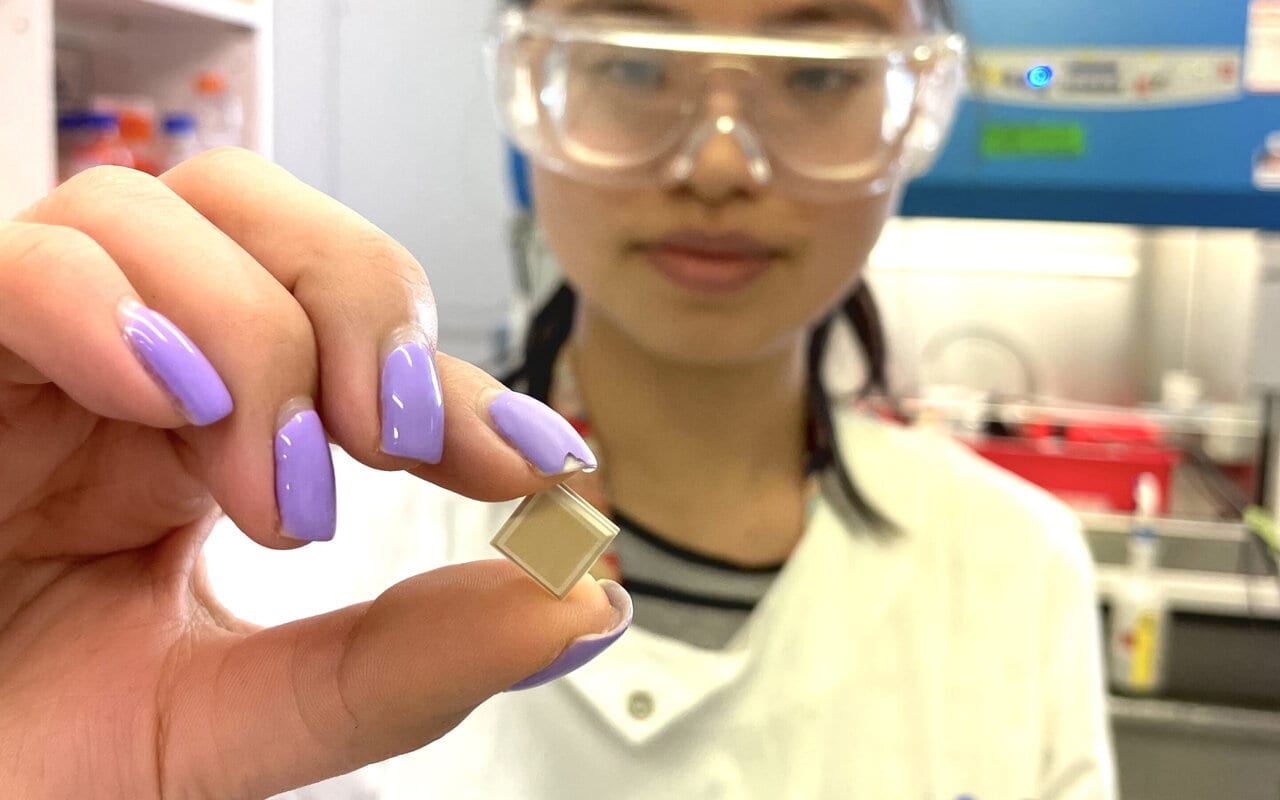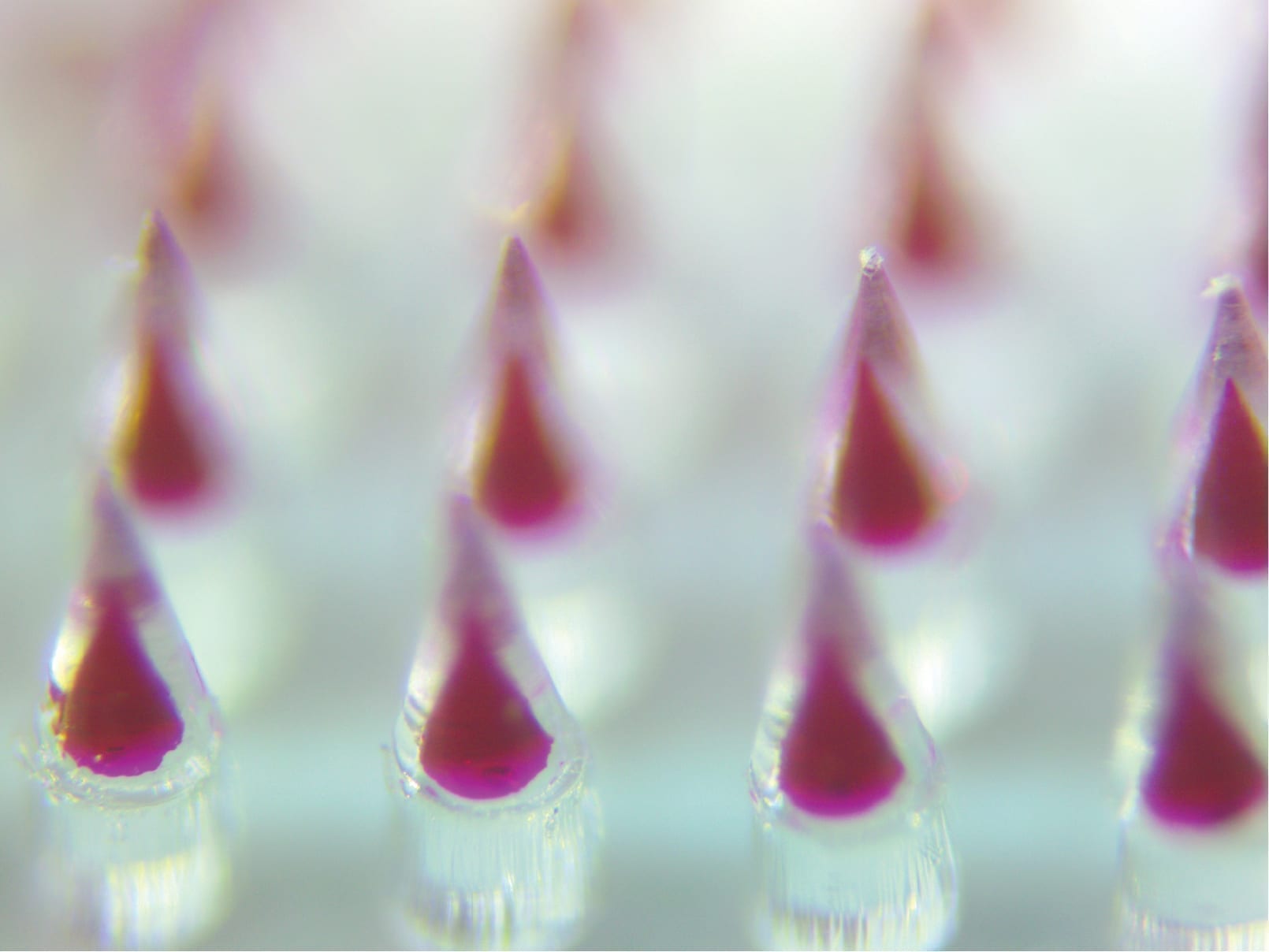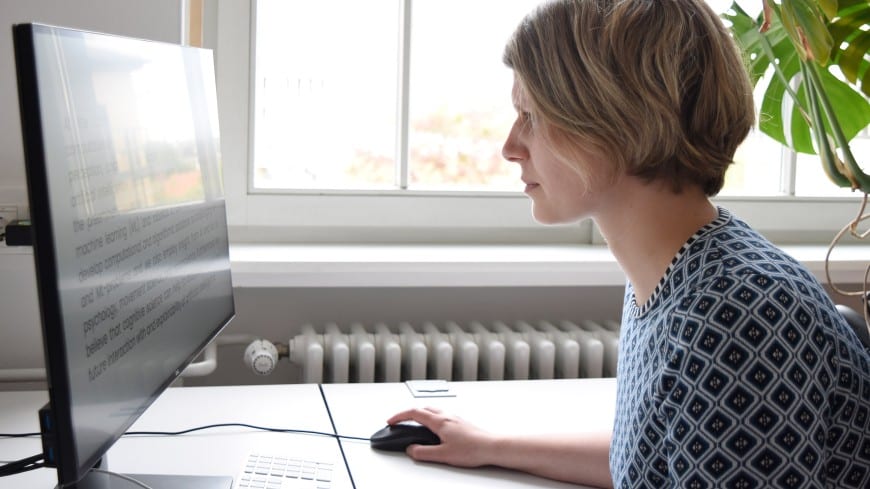
A dengue virus vaccine candidate has passed an important milestone, with promising results in animal model testing providing hope to the 390 million people infected every year.
The University of Queensland-developed vaccine candidate, applied to the skin via the high-density microarray patch (HD-MAP), has produced a protective immune response in dengue-infected mice.
UQ PhD candidate Jovin Choo said the result could lead to a readily administered vaccine that could help halt the devastation of dengue fever globally.
“Dengue is the most significant mosquito-borne viral disease in the world’s tropical zone, infecting 390 million and killing 25,000 annually, resulting in annual estimated economic cost of $8.9 billion,” Ms Choo said.
“While a dengue vaccine technically already exists, it’s only licensed to be used in certain countries where Dengue virus is endemic – and with restricted use.
“So to properly fight this terrible disease, we’ve engineered a vaccine candidate based on a platform technology that uses an Australian insect virus called Binjari virus.”
UQ researchers merged the Binjari and dengue viruses making what’s known as a chimeric virus – an artificial virus – to build the basis of the vaccine which has resulted in some great benefits.
“For instance, the particles exactly mimic the surface of their dengue counterpart, which induces a strong, authentic and protective immune response,” Ms Choo said.
“Also, it allows us to very easily manufacture high yields of the vaccine candidate in mosquito cell culture.
“And it only grows in insect cells, and not mammalian cells, making it extremely safe.”
UQ’s Dr David Muller, one of the senior authors of the research, said another advantage was that the candidate could offer potent antibody responses when delivered via the UQ-developed, Vaxxas Pty Ltd commercialised, HD-MAP system.
“Using the microarray patch, we’re able to employ needle-free delivery of the vaccine to the immune cell-rich layers of the skin with just a click,” he said.
“This targeted delivery allows us to achieve potent neutralising antibody responses using a fraction of a typical dose delivered by injection.
“The ease of administration, coupled with lower dose amounts means that the patch could provide both an efficient and inexpensive vaccination option.”
UQ’s Dr Jody Hobson-Peters said this was only the start with the research team looking to apply these techniques more widely.
“There are four variations of dengue that are closely related, all of which can cause severe disease,” Dr Peters said.
“So we’re now expanding our ongoing pre-clinical studies to all four of these forms of dengue virus.
“And we’re also looking to adapt this technology to other viruses, like Zika virus, West Nile virus and Japanese encephalitis virus.
“These are daunting diseases but cheap, easy and accessible vaccinations for them might one day be just a click away.”
Original Article: Jab-free dengue immunity could be just a click away
More from: University of Queensland
The Latest Updates from Bing News & Google News
Go deeper with Bing News on:
High-density microarray patch
- Patch to protect against measles in children shows promise
A young child in The Gambia has a microarray patch applied to the wrist, to vaccinate him against measles A vaccine patch could be a safe and effective alternative way to protect young children ...
- Plaster-like vaccine patches may one day replace measles and rubella jabs, research shows
A plaster-like vaccine patch could be a safe and effective alternative to injected measles and rubella immunisations, new research shows.
- Painless Skin Patch Could Deliver Vaccines to Kids
They demonstrate for the first time that vaccines can be safely and effectively given to babies and young children using microarray patch technology,” said researcher Ed Clarke, head of infant ...
- Measles and rubella vaccine delivered via microarray patch shows promising results
The phase 1/2 randomized trial compared results from the measles and rubella vaccine delivered by a microarray patch, a small sticking plaster-like device with an array of microscopic projections that ...
- Microarray Patches Safe and Effective for Vaccinating Children, Trial Shows
Results are published in The Lancet. The researchers hope microarray patches could help to achieve the very high levels of population immunity required to control childhood diseases such as measles ...
Go deeper with Google Headlines on:
High-density microarray patch
[google_news title=”” keyword=”high-density microarray patch” num_posts=”5″ blurb_length=”0″ show_thumb=”left”]
Go deeper with Bing News on:
HD-MAP
- Luokung Granted Extension to Meet Nasdaq Minimum Bid Price Requirement
Luokung Technology Corp. (NASDAQ: LKCO) (“Luokung” or the “Company”), a leading spatial-temporal intelligent big data services company and provider of interactive location-based services (“LBS”) and ...
- We Tried A Tesla 'Full-Self-Driving' Competitor From China. It's Better Than You Think
However, it hasn’t ever offered it in China. Partially due to (likely) protectionist claims against Tesla that its cars didn’t meet China’s cybersecurity and data protection rules, but also because it ...
- HD Hyundai Marine Solution surges nearly 70% in South Korea's largest IPO since January 2022
The trading debut of HD Hyundai Marine Solution represents South Korea's largest IPO since January 2022, when LG Energy Solution went public. The ship-repair unit of South Korea's largest shipping ...
- Shhh! 3 Secret Autonomous Driving Stocks Flying Below Wall Street’s Radar
InvestorPlace - Stock Market News, Stock Advice & Trading Tips While a high-risk, high-reward sector, autonomous driving stocks represent a ...
- Tesla seals deal with Baidu for China maps, whether CEO Elon Musk wants them or not
To go to market with Tesla’s Full Self-Driving system, Elon Musk had no choice but to join a Chinese partner for a mapping licence on the mainland.
Go deeper with Google Headlines on:
HD-MAP
[google_news title=”” keyword=”HD-MAP” num_posts=”5″ blurb_length=”0″ show_thumb=”left”]










